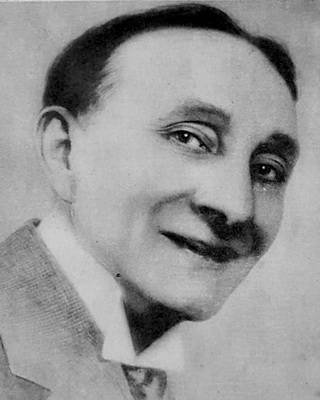Synopsis
In Granada in Spain, Sibilla works as a dancer in a squalid cabaret called El Dorado, struggling to earn enough to care for her sick child. The boy's father Estoria, a prominent citizen, refuses them both help and recognition, fearful of jeopardising the engagement of his adult daughter Iliana to a wealthy nobleman. Iliana however slips away from her engagement party to meet her real lover Hedwick, a Swedish painter. Sibilla, in desperation after a further rejection by Estoria, sees an opportunity to blackmail him by locking the lovers overnight in their meeting-place in the Alhambra. When Hedwick learns the truth next day, he and Iliana decide to take refuge at his mother's remote house on the Sierra Nevada, and they propose to Sibilla that they should take her son (Iliana's half-brother) with them so that he can be properly cared for in a healthy climate. Sibilla reluctantly agrees, but she is distraught as she returns to her empty room at El Dorado where she even has to fight off Joao, the cabaret's clown, as he tries to rape her. Knowing that she will not see her son again, she performs a last dance on stage to rapturous applause before going backstage to stab herself.
Source : Wikipedia
Credits
Director (1)
Actors (9)
Full credits (6)
- Screenwriters : Marcel L'Herbier, Dimitri Dragomir
- Directors of Photography : Georges Lucas, Georges Specht
- Assistant directors : Payelle, Dimitri Dragomir
- Editor : Marius-François Gaillard
- Costume designer : Alberto Cavalcanti
- Production Designers : Louis Le Bertre, Robert-Jules Garnier
Technical details
- Type : Feature film
- Genres : Fiction
- Sub-genre : Drama
- Production language : Silent
- Original French-language productions : Unspecified
- Nationality : 100% French
- Production year : 1921
- French release : 28/10/1921
- Runtime : 1 h 14 min
- Current status : Released
- Approval :
- Production formats : 35mm
- Color type : Black & White
- Aspect ratio : 1.33
- Audio format : Silent
News & awards
About
Production
A substantial part of the film was to be shot on location in Granada, Seville and the Sierra Nevada, and filming began in March 1921. For the first time ever, permission had been granted for a film company to shoot inside the Alhambra palace and L'Herbier gave prominent place to its gardens, fountains and geometric architectural patterns. These became some of the film's most memorable images. During the approach to Easter, he also seized the chance to film the spectacular Holy Week processions which took place in Seville and to incorporate this documentary footage within the fiction of his story. The interiors were subsequently filmed at the Gaumont studios in Paris at Buttes-Chaumont.
With his principal cameraman Georges Lucas, L'Herbier created a number of optical effects during filming. When Sibilla is first introduced among the other dancers on stage, a partial blurring of the image places her out-of-focus while those around her are sharply defined, an effect repeated in her subsequent dance to suggest that she herself is not fully focussed on her surroundings because her mind is preoccupied with the plight of her son. Distortion of close-up images of customers in the cabaret reflect their intoxication and lust. A similar technique is used later to introduce a note of visual horror into the scene when Joao tries to rape Sibilla. A different use of optical distortion in the scenes of Hedwick at work in the Alhambra shows how the actual settings of his paintings are transformed in the painter's imagination. L'Herbier was at pains to draw a distinction between his approach and that used in The Cabinet of Dr. Caligari (1919) in which visual distortions are incorporated into the design of the sets - which were then photographed normally. In El Dorado it is the camera itself which is used to shape the images seen by the viewer. These uses of semi-subjective camerawork have been one of the most discussed aspects of the film in subsequent criticism.
(...)
Complete article on Wikipedia






























